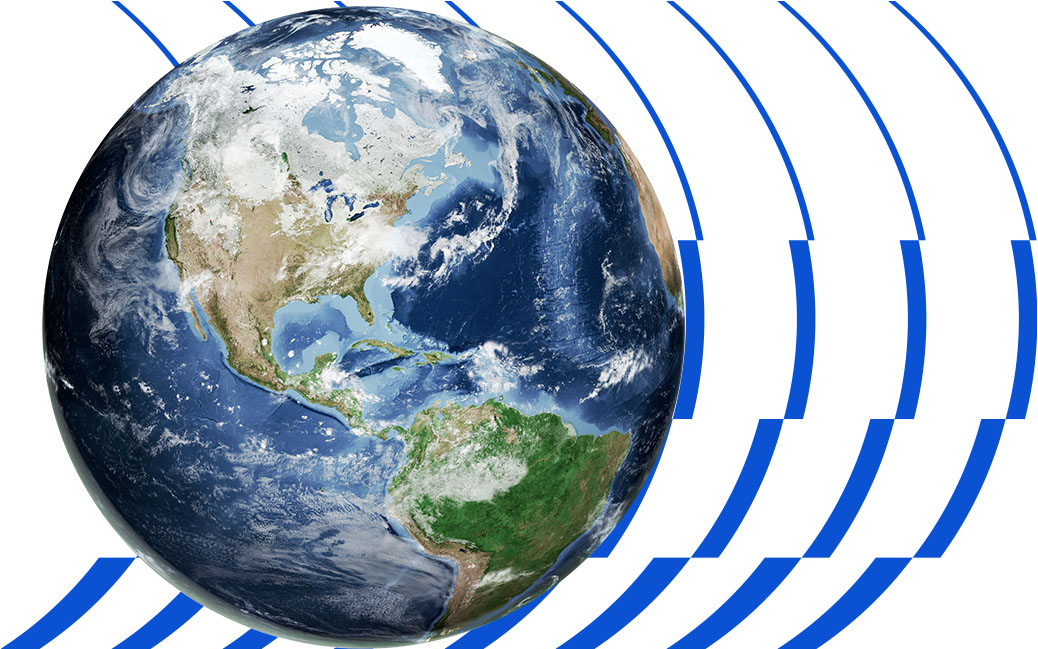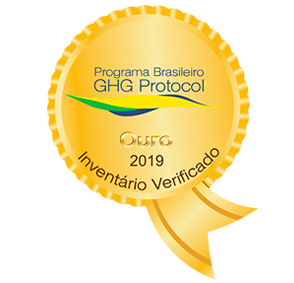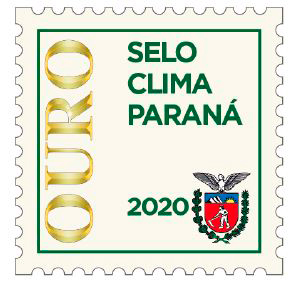Climate Changes
Global warming is one of the greatest challenges in the history of humanity and, given its size and importance as one of the world’s largest food producers, JBS has taken on a commitment to zero the balance of its greenhouse gas emissions by 2040 and to guarantee the delivery of products with the lowest possible impact on the environment.
For the last 11 years, JBS has conducted an annual GHG emissions inventory, according to the international GHG Protocol methodology and has published its global inventory on the Brazil GHG Protocol’s Public Emissions Registry Platform and on the CDP. JBS monitors and accounts for its operations’ GHG emissions and reports them within scopes 1, 2 and 3.
To reduce its carbon footprint and ensure the delivery of products with lower environmental impact, JBS adopts several actions. Joining initiatives and practices to measure and reduce the emission of Greenhouse Effect Gases (GHG) in production processes, in the energy matrix and in the transportation logistics represents some of these efforts.
Annual GHG inventories are conducted in the JBS operations in Brazil since 2009, currently managed by a computerized system, which allows tracking the performance of each Business Unit through history of emissions along the years.
Such information is reported in the Brazilian GHG Protocol Program, in the CDP Climate Changes, in the CDP Forests and to the state governments of São Paulo and Paraná, to comply with the volunteer programs “São Paulo Protocol” and “Paraná Climate Seal,” respectively. JBS’s actions are also included in the B3 Efficient Carbon Index (ICO2).
These reports granted to JBS the GHG Protocol Gold Seals, Clima Paraná Gold Seal.



Brazilian GHG Protocol Program (Portuguese version)
Scope 1 reports direct emissions, thus defined for symbolizing the emissions over which the Company has direct responsibility. This scope includes emissions from own fleets, fuels used in power or heat generation in the operation, effluent treatment lagoons, coolant gases, among others.
Scopes 2 and 3 include, respectively, indirect power emissions, thus classified for being sources over which the company does not have responsibility or has indirect responsibility. Examples of scope 2 emission are the ones coming from the use of electric power. The scope 3 includes emissions from outsourced fleet, traveling in commercial flights, decomposition of residues in landfills, among others.
To learn more about the data reported on the Company's performance in Climate Change, access the JBS Performance Indicators.
